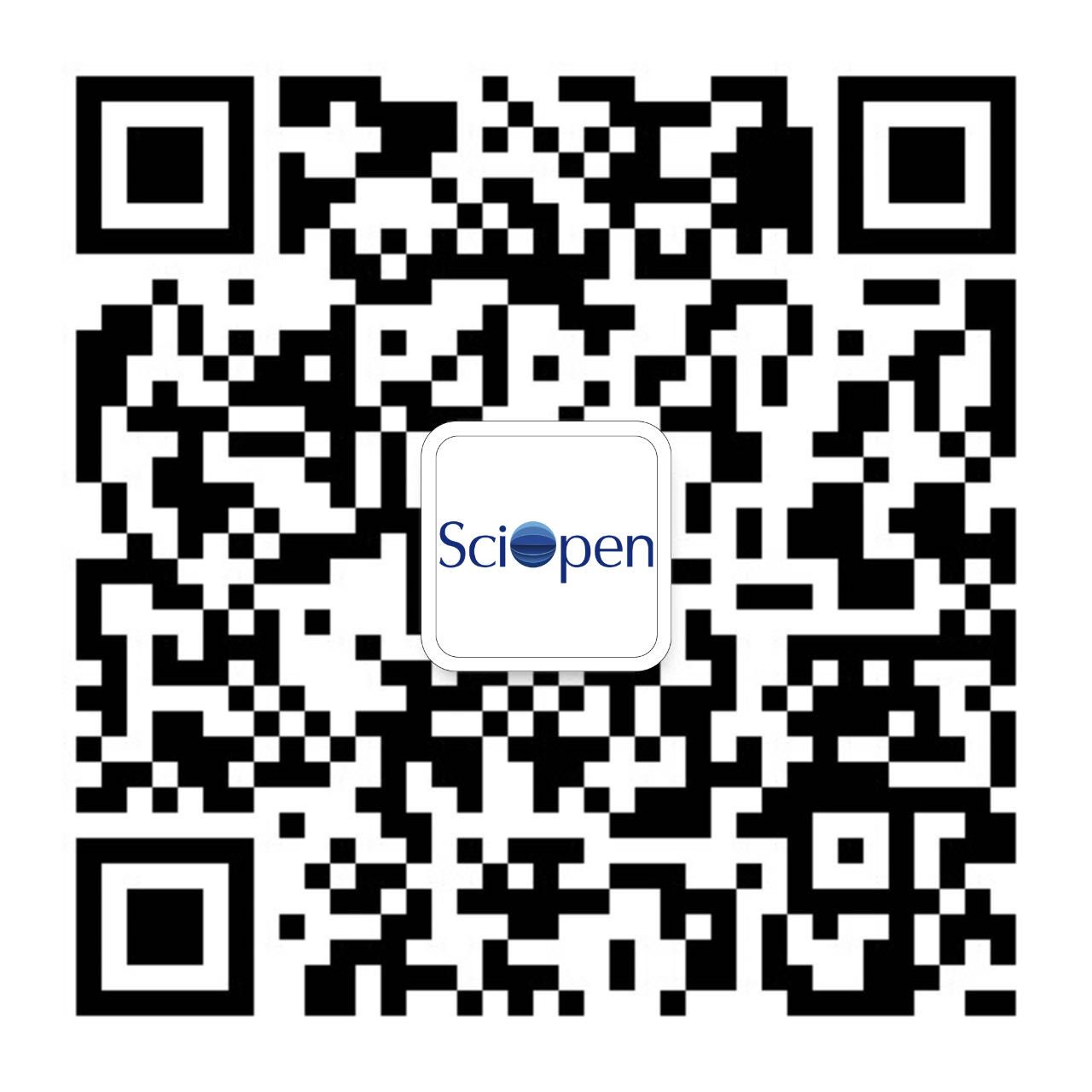The development of lithium-ion batteries with high-energy densities is substantially hampered by the graphite anode’s low theoretical capacity (372 mAh g−1). There is an urgent need to explore novel anode materials for lithium-ion batteries. Silicon (Si), the second-largest element outside of Earth, has an exceptionally high specific capacity (3579 mAh g−1), regarded as an excellent choice for the anode material in high-capacity lithium-ion batteries. However, it is low intrinsic conductivity and volume amplification during service status, prevented it from developing further. These difficulties can be successfully overcome by incorporating carbon into pure Si systems to form a composite anode and constructing a buffer structure. This review looks at the diffusion mechanism, various silicon-based anode material configurations (including sandwich, core-shell, yolk-shell, and other 3D mesh/porous structures), as well as the appropriate binders and electrolytes. Finally, a summary and viewpoints are offered on the characteristics and structural layout of various structures, metal/non-metal doping, and the compatibility and application of various binders and electrolytes for silicon-based anodes. This review aims to provide valuable insights into the research and development of silicon-based carbon anodes for high-performance lithium-ion batteries, as well as their integration with binders and electrolyte.
 Open Access
Review
Issue
Open Access
Review
Issue
Hierarchical hollow-structured magnetic–dielectric materials are considered to be promising and competitive functional absorbers for microwave absorption (MA). Herein, a hierarchical hollow hydrangea multicomponent metal oxides/metal-carbon was designed and successfully produced via a facile self-assembly method and calcination process. Adequate magnetic NiO and Ni nanoparticles were suspended within the hollow hydrangea-like nitrogen-doped carbon matrix (HH N-NiO/Ni/C), constructing a unique hierarchical hollow structured multicomponent magnetic–dielectric MA composite. The annealing temperature and oxidation time were carefully regulated to investigate the complex permittivity and permeability. HH N-NiO/Ni/C delivers exceptional MA properties with maximum reflection loss of –45.8 dB at 1.7 mm thickness and displays a wide effective absorption frequency range of 5.6 GHz. The superior MA performance can be attributed to the following aspects: (1) The hierarchical hollow multicomponent structure offers plentiful of heterojunction interfaces triggering interfacial polarization; (2) nitrogen doped-carbon (N-C) facilitates the conductive loss by the unique electron migration path in the graphitized C and NiO/Ni; (3) magnetic NiO/Ni nanoparticles homogeneously dispersed within N-C form extensive C skeleton and strengthen the magnetic response ability; (4) hierarchical hollow wrinkled structures possess a large interspace and heterogeneous interface improving polarization loss and enhancing multireflection process and the unique structure satisfies magnetic and dielectric loss simultaneously resulting from synergistic effects of different components within the composites.






 京公网安备11010802044758号
京公网安备11010802044758号